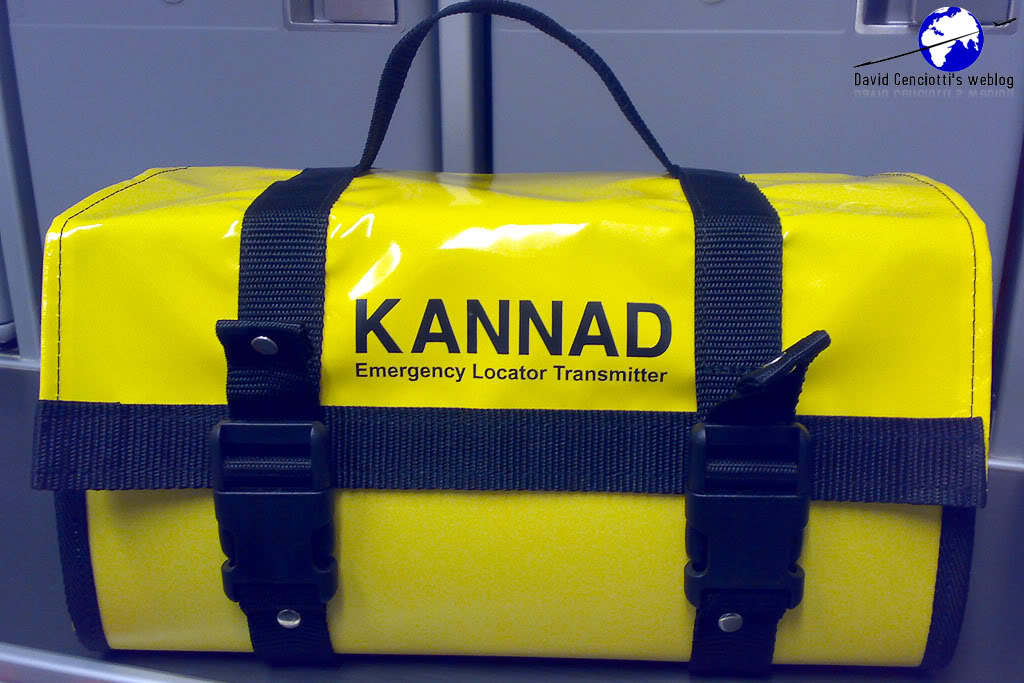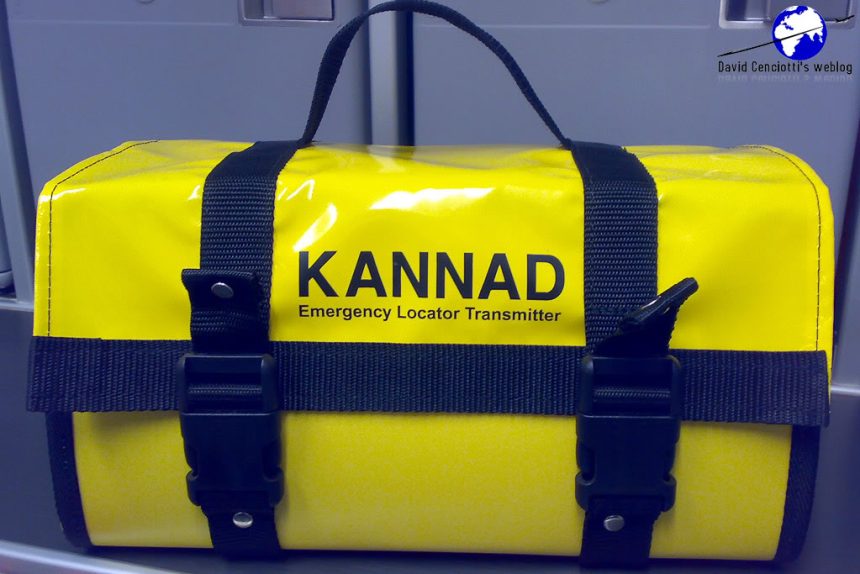As everybody knows, on Jun 1, 2009, an Airbus 330 of the Air France, flying as AF447 from Rio de Janeiro (SBGL) to Paris (LFPG) was reported missing while overflying the equatorial Atlantic Ocean. Although the pilot did not radio any kind of alert message, since the news was reported by the mass media, the first speculations suggested that the plane may have flown into a thunderstorm and break up as a consequence of the severe turbulence it may have encountered or because it was hit by a lightning. Even if in-flight break up is not unprecedented, as I’ve explained many times in this blog (make a quick search using the word “turbulence” in the search box located on the upper right hand coloumn of the site), if not impossible, a catastrophic impact of turbulence on a civilian plane is at least extremely rare. Explosions caused by a lightning strike (search for “lightning”) are rare as well. So which was the root cause of the loss of the Air France 447 that cost the lives of 228 people on board? It is extremely hard to say for many reasons. Unlike the previous crashes I’ve analysed on this site, the AF447 is much more mysterious. There are just a few details available, there are no witnesses, there are no radar logs, there are no communications by the pilots reporting an emergency or a failure. And, most important, it will be very hard to find the FDR (Flight Data Recorder), as the few aircraft’s remains surfaced on the Atlantic Ocean, 650 chilometers from the Brasil’s coastline, in an area where the sea is some 9.000 feet deep. 
What could have caused a catastrophic collapse (bomb explosion aside) could have been something similar to what other two Airbus 330 of Qantas experienced in the last months. As I wrote on this site on Oct. 7, 2008:
“On Oct. 7, an A330-330 “VH-QPA”, flying from Singapore to Perth as Qantas 72 with 303 passengers and 10 crew members on board, made an emergency landing in Learmonth Western Australia after it suffered a sudden change in altitude that caused 33 (still unconfirmed figure) injuries”. Then, on Oct. 20, 2008, I explained: “Even if it is too early to have a full explaination of the causes of the Qantas flight QF72 plunge that caused many injuries (see also: “Qantas flight forced to land: is turbulence dangerous?”) the preliminary review of the data recorded by the Digital Flight Data Recorder (DFDR) made by the ATSB indicated that the event developed in three steps:
the aircraft was levelled at FL370 when initiated an uncommanded climb of about 200 ft, before returning back (autonomously to 37.000 feet). About 1 minute later, the aircraft pitched nose-down, to a maximum pitch angle of about 8.4 degrees, and plunged about 650 feet in about 20 seconds, before returning again to FL370. Finally, about 70 seconds after returning to the cruising level, it pitched again nose-down, to a maximum angle of about 3.5 degrees, and descended about 400 feet in about 16 seconds, before returning once again to FL370. Such a “behaviour” seems to rule out the hypothesis of a CAT (Clear Air Turbulence) and the ATSB is in fact focusing on the faulty data in Air Data Intertial Reference Unit (ADIRU) 1 that “deceived” the aircraft’s flight control system. The ADIRU is an aircraft’s vital system. It feeds other on board key systems (autopilot, engine control system, flight control system, etc) with information about speed, altitude, position and attitude of the plane. On board the Qantas 72 flight, the ADIRU generated false warnings (stall, over-speed, etc) that the flight control’s computer faced with incorrect aircraft movements. The reason for the faulty data is still unclear. Someone pointed to the possible corruption caused by an electronic interference from an onboard portable device (laptop, PDA, tablet pc, etc.). Following the event, the ATSB initial report, Airbus issued recommendations to A330 and A340 operators that are equipped with the same ADIRU, including guidance and checklists for crew response in case of a similar inertial reference system failure“.
Another similar event, involving the Airbus 330 ADIRU, occurred a few weeks later when, on Dec. 27, 2008 a Qantas Airbus A330-300 cruising at FL360 (36,000 ft) enroute from Perth to Singapore, at about 1729 Local Time, experienced an autopilot disconnection followed by an ECAM (Electronic Centralized Aircraft Monitor) message (NAV IR 1 Fault) indicating a problem with ADIRU Number 1. The crew actioned the Airbus Operations Engineering Bulletin (OEB) procedure by selecting the IR 1 push-button to OFF and the ADR 1 push-button to OFF. Both OFF lights illuminated. The crew elected to return to Perth and an uneventful overweight landing was conducted. At the time that the autopilot disconnected, the aircraft was approximately 260 nautical miles (NM) North-West of Perth airport and approximately 350 NM South of Learmonth airport.
Even if someone speculated the area around Perth was a sort of “Perth Triangle” interested by strong radio signals (by some sort of secret naval station), the above two Qantas safety events show that there were some problems with the ADIRU of the Airbus 330 in the recent past. What if the AF447 experienced an uncommanded flight controls input at high speed, high altitude (in severe turbulence/thunderstorm conditions) like Qantas 72?









